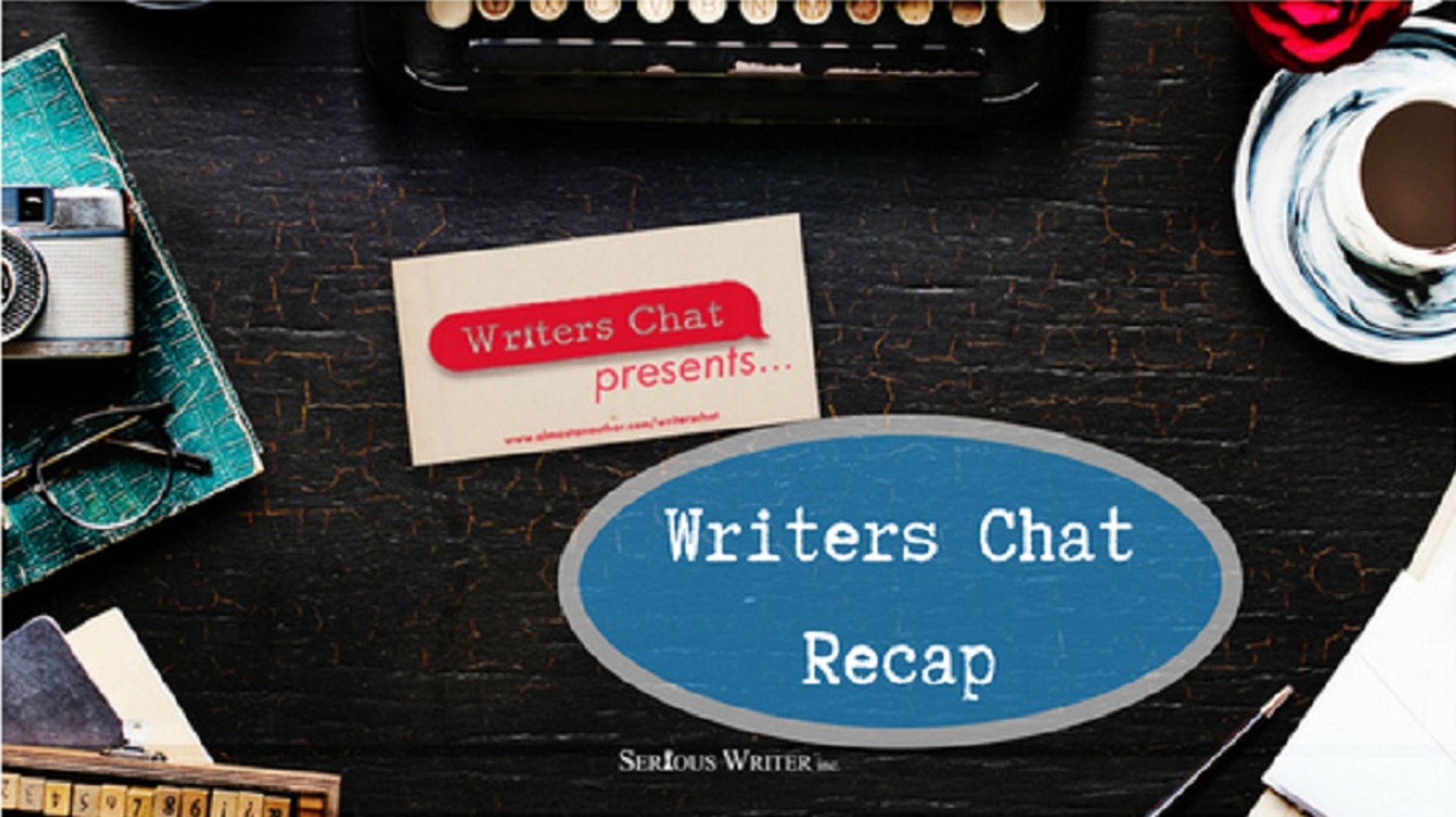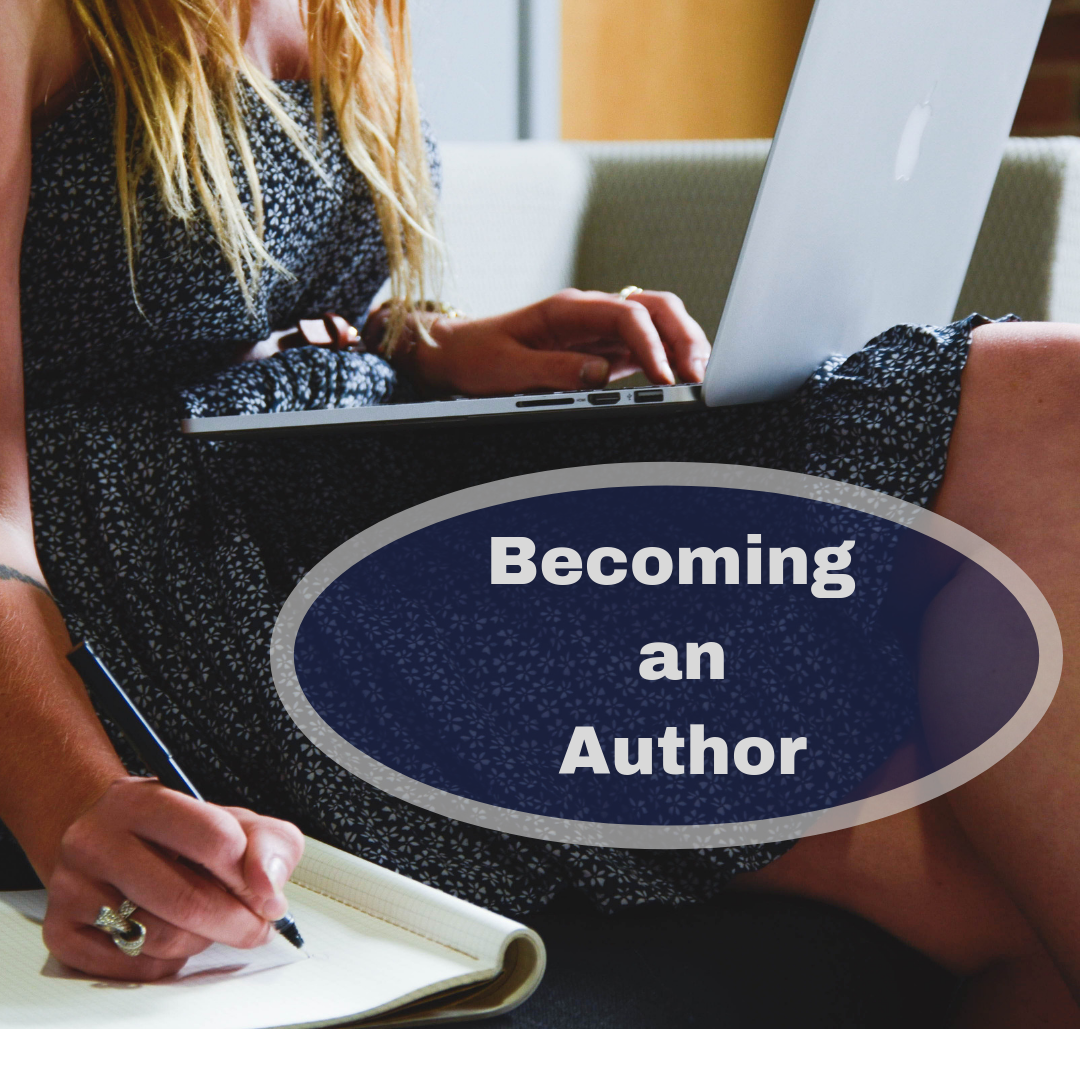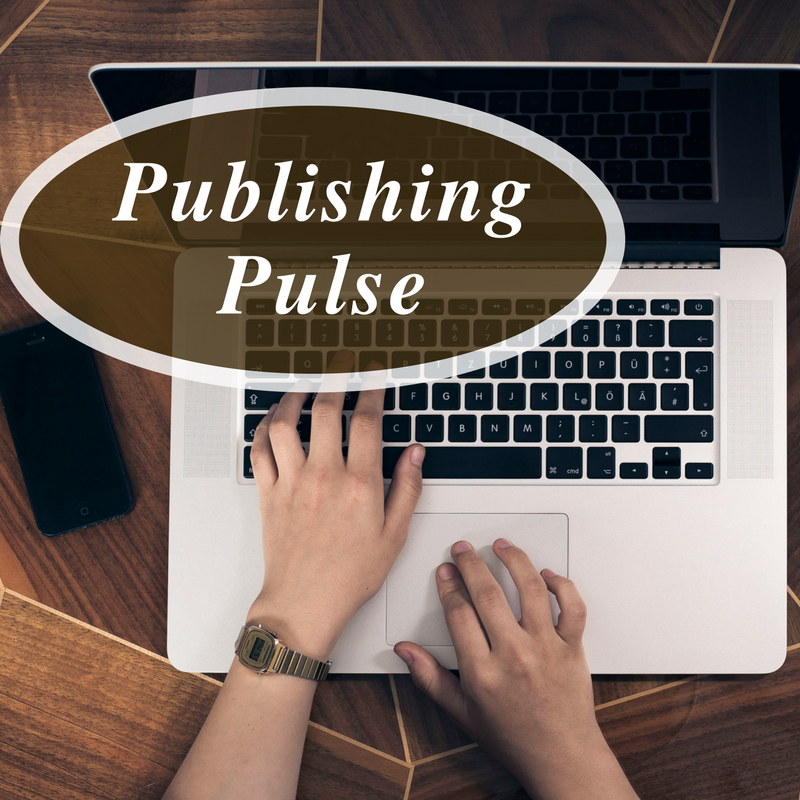
Help Me with My Book!
As more books are published in a variety of ways (traditional, self-pub, hybrid, assisted), a whole crop of people…
November 9, 2023
As more books are published in a variety of ways (traditional, self-pub, hybrid, assisted), a whole crop of people…
November 9, 2023
Sustainability is a hot topic in every industry. 69% of consumers say they’ve made changes to their shopping habits…
October 28, 2023
When you submit your materials, editors, agents and publishing executives prefer to read a well-crafted proposal instead of a…
September 26, 2023
At a small coffee shop, I met Joe Leininger who had traded for ten years in the Eurodollar Pit…
August 25, 2023
As I wrote this article, I got an email from my publisher letting me know that the pre-order sales…
August 9, 2023
Writers Chat, hosted by Jean Wise, Johnnie Alexander, and Brandy Brow, is the show where we talk about all…
April 20, 2023
Among writers in the publishing community, there is a false belief that my submission does not have to be…
February 25, 2023
I used to cringe when I saw the mail or email from one of my publishers. It probably contained…
December 26, 2022
Within the publishing community, who you know is almost as important as what you know. Yes, it is important…
September 26, 2022
Living in the high-tech age means storing all your best moments on devices. Although technological progress promotes photos to…
September 13, 2022Editors and agents are blasted with submissions every day. I know because I’ve been one of them for…
August 25, 2022
Writers Chat, hosted by Jean Wise, Johnnie Alexander, and Bethany Jett, is the show where we talk about all…
August 30, 2020
We’re all struggling in this craziness, but one thing is sure, we are writers! We push on and don’t…
August 25, 2020
A New Year always brings a chance to start over and begin in a new direction. This year (2020)…
January 25, 2020
We came. We pitched. Did we send? Writer’s conferences are well-planned days of speakers, workshops, and opportunities. After pitching…
December 14, 2019
Writers Chat, hosted by Jean Wise, Johnnie Alexander, and Bethany Jett, is the show where we talk about all…
November 15, 2019
You had an idea. You wrote. You slept. You wrote some more. You edited. You cried. (Just me? Oh.…
October 16, 2019
It’s never been easier to get your book published. But easy access to publishing creates challenges of its own.…
September 2, 2019
I understand the struggle that aspiring authors often face on their attempt toward publication. Honestly, this is one of…
April 9, 2019
You may have heard the term “it factor” used to describe people in industries such as sports or…
February 12, 2019
Write Like a Dinosaur While doing research for my latest children’s devotional book, “Dinosaur Devotions: 75 Dino Discoveries, Bible…
February 2, 2019
There seem to be plenty of people out there who have never published anything, but are happy to give…
October 12, 2018A recent purchase of a new tea cup taught me a lesson about fragile beauty when I discovered a…
August 11, 2018
Today’s book publishing market can be a dangerous place, with a lot of scam artists spouting confusing terminology. I…
May 12, 2018
Congratulations, the agent, and publisher liked what they read in your Cover Letter, and opened the door to the…
March 25, 2018